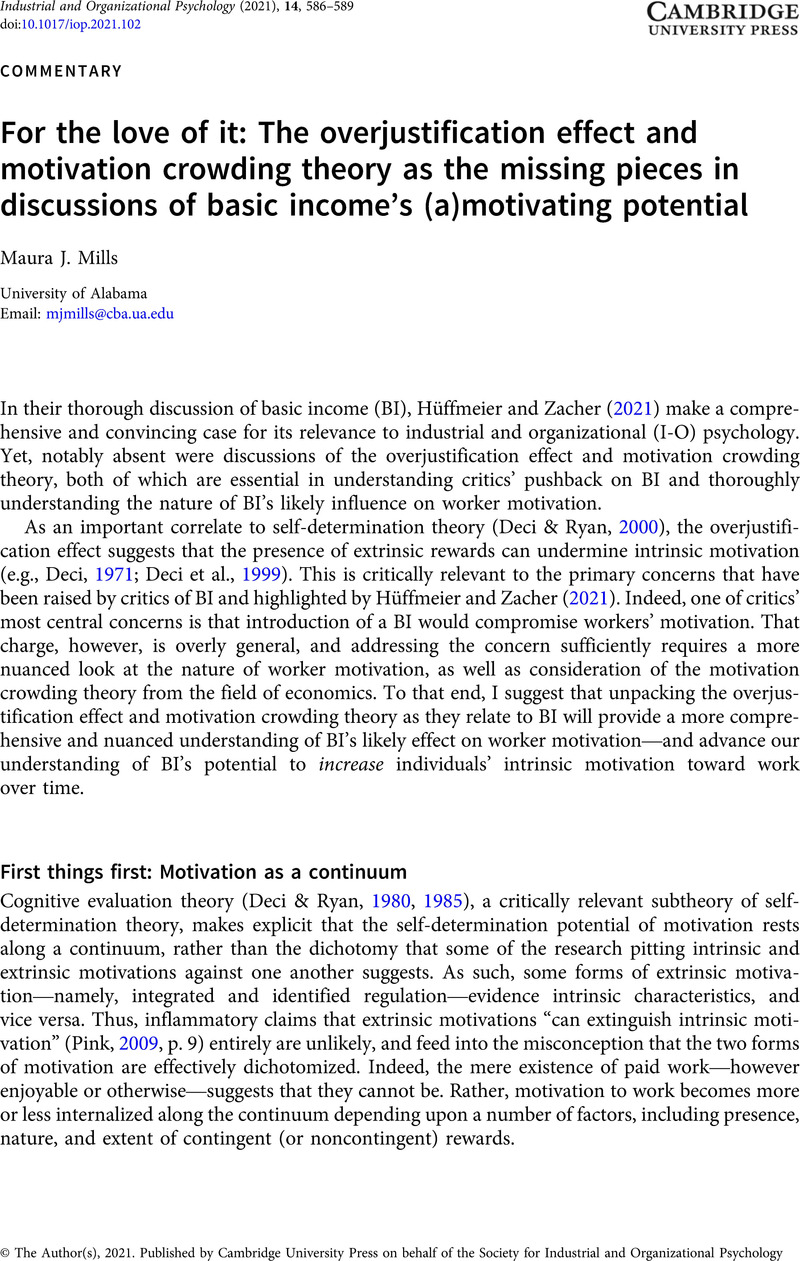Crossref Citations
This article has been cited by the following publications. This list is generated based on data provided by Crossref.
Pierce, Jason R.
Arthaud-Day, Marne L.
and
George, Bradley
2024.
More than meets the eye: Counterintuitive principles of leadership.
Business Horizons,
Vol. 67,
Issue. 3,
p.
241.



